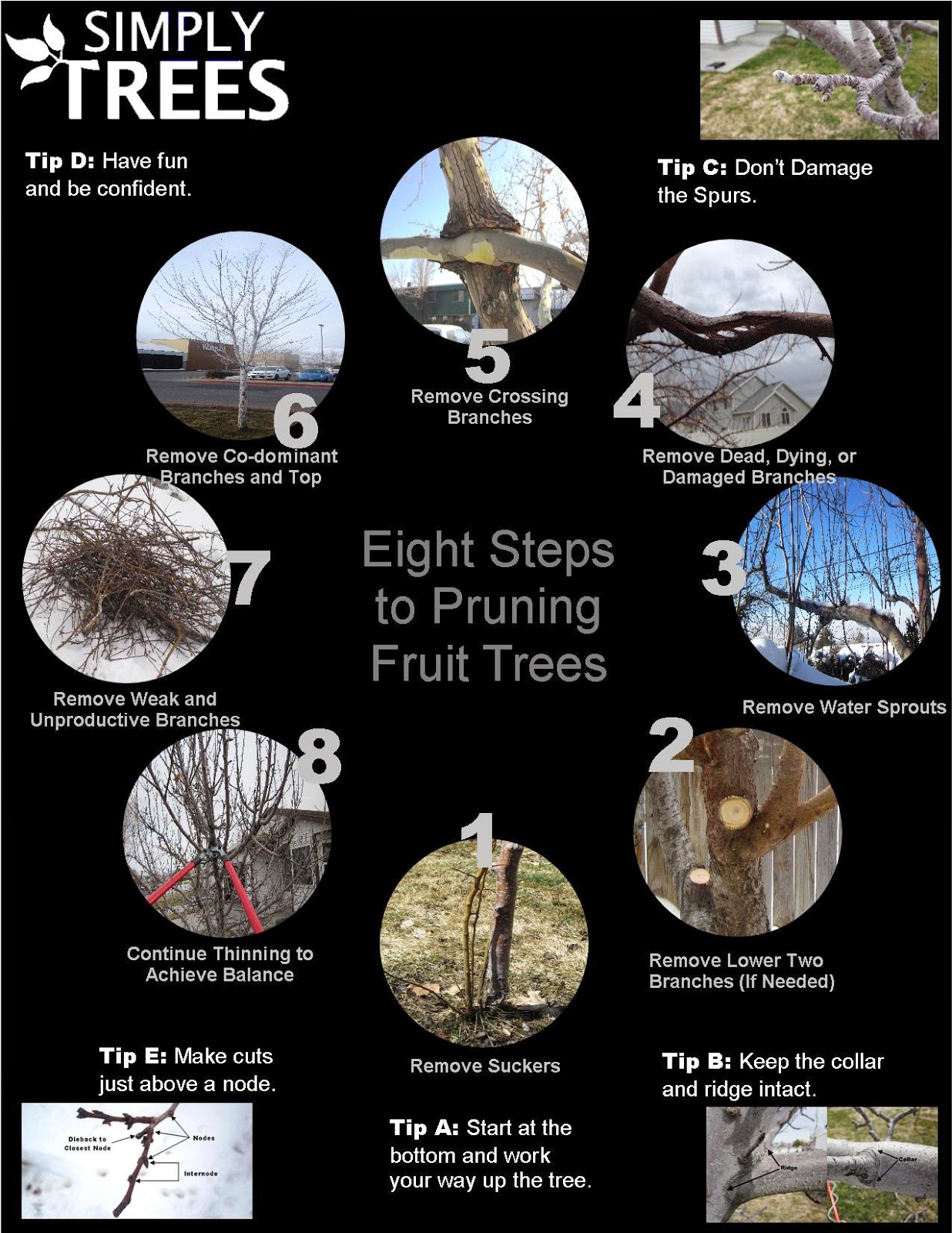The Ecological Advantages Of Stump Grinding: A Sustainable Practice For Land Management
The Ecological Advantages Of Stump Grinding: A Sustainable Practice For Land Management
Blog Article
Material Writer-
When it comes to land management, have you thought about the long-lasting advantages of stump grinding? By addressing the residues left behind after tree removal, this technique not only help in soil health renovation but likewise plays a vital role in preventing disintegration and sustaining biodiversity. my propety of stump grinding prolong much beyond plain aesthetics, offering a sustainable option that harmonizes with nature's detailed systems.
Dirt Wellness Improvement
Looking to improve the high quality of your soil? Stump grinding can be a game-changer for enhancing soil wellness on your home. By eliminating old tree stumps, you're creating area for new growth and permitting important nutrients to return to the soil.
As the stumps break down with time, they launch organic matter, enriching the dirt and promoting far better plant growth.
Additionally, stump grinding helps to aerate the dirt, allowing for much better water seepage and root advancement. Compacted dirt can impede plant growth and water absorption, however by grinding stumps, you're loosening up the dirt and developing a healthier environment for your plants.
Moreover, stump grinding can additionally aid to avoid insect infestations and conditions that old stumps may bring in. By getting rid of these possible risks, you're developing a more secure and extra effective landscape.
Erosion Avoidance
To prevent dirt disintegration properly, stump grinding plays a vital duty in keeping the security and integrity of your land. By removing undesirable stumps from your property, you're also lowering the danger of erosion brought on by water overflow. Stump grinding gets rid of challenges that can interfere with the natural flow of water across your land, protecting against soil disintegration while doing so.
When stumps are left untouched, they can serve as obstacles to water circulation, creating dirt to wash away throughout heavy rainfalls. This disintegration not only damages your land but additionally contributes to sedimentation in close-by water bodies, harming aquatic ecological communities.
Stump grinding helps to avoid these concerns by leveling the ground and advertising proper drain, lowering the likelihood of erosion.
Biodiversity Assistance
Maintaining healthy biodiversity on your land is vital for developing a thriving ecological community. By using stump grinding as a sustainable land management practice, you can considerably support biodiversity.
Stump grinding aids advertise biodiversity by developing new environments for different plant and pet species. The removal of stumps permits the regeneration of indigenous greenery, which subsequently brings in a diverse series of wildlife. Pests, birds, and little mammals flourish in these newly easily accessible areas, adding to the overall biodiversity of your land.
Additionally, stump grinding assists stop the spread of diseases and insects that can harm plant varieties, hence safeguarding the environmental equilibrium on your building. By eliminating old stumps, you create area for new plant growth, which enhances the total health of the community.
This much healthier atmosphere sustains a bigger selection of varieties, advertising biodiversity and producing a much more durable ecological community in the long-term. Accepting stump grinding as part of your land management method can have long lasting favorable effects on the biodiversity of your land.
Final thought
By utilizing stump grinding as a sustainable method to land management, you can improve dirt wellness, protect against disintegration, and support biodiversity. please click the next post -friendly method not only profits the community but likewise advertises the development of plant life and creates environments for various plant and pet varieties. Make a favorable effect on the atmosphere by integrating stump grinding right into your land management practices.
